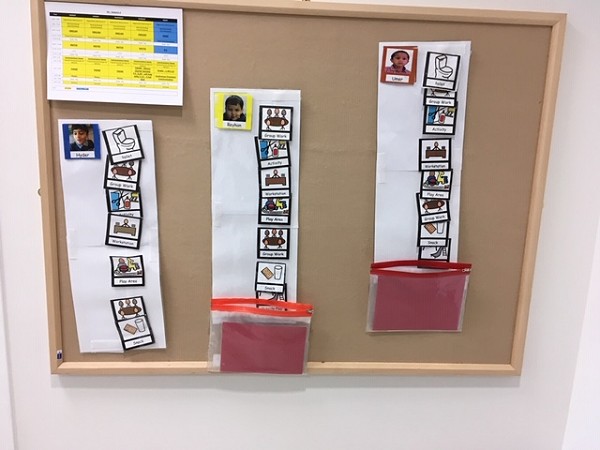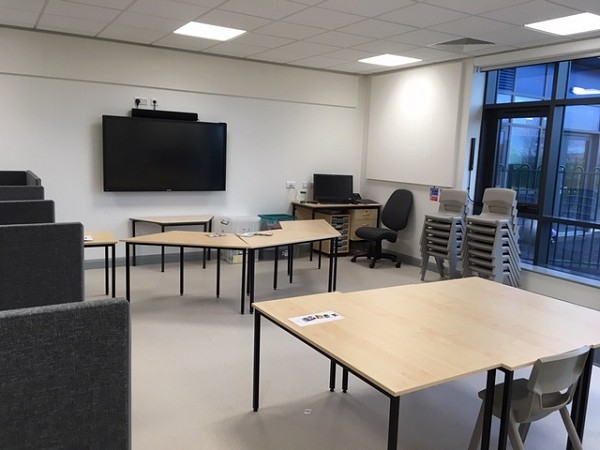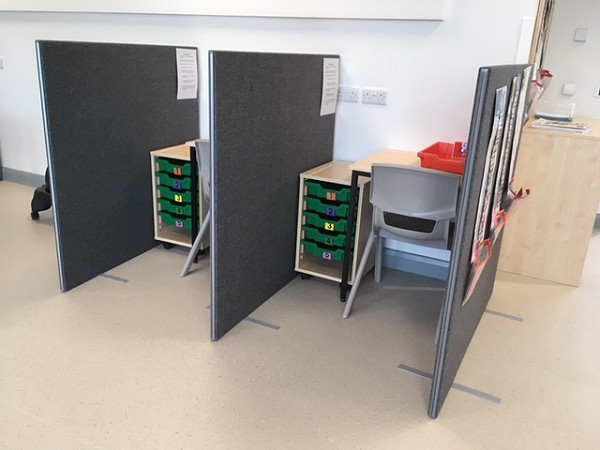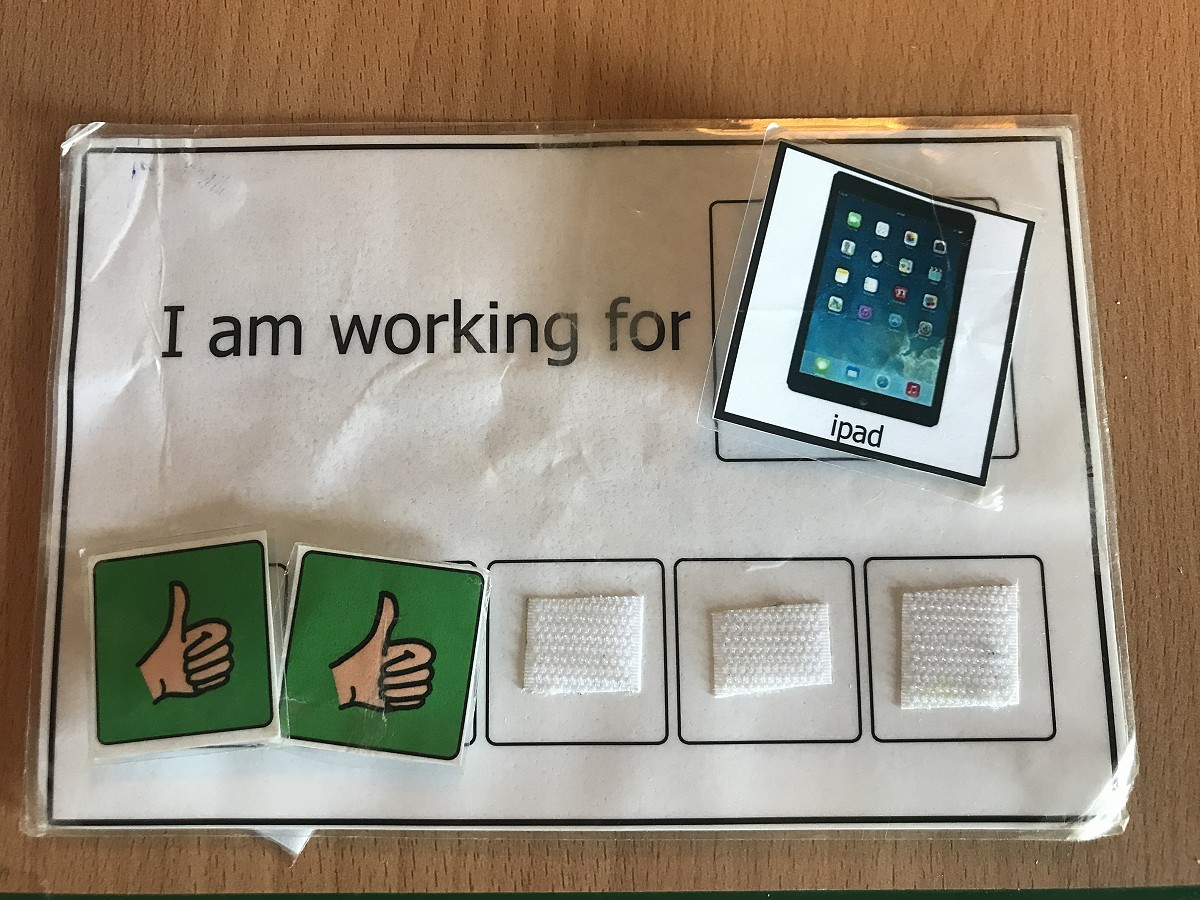Teaching Approaches
At the School for Autism @ Newfield we differentiate the curriculum according to the learning styles and abilities of all our learners. Teaching approaches are adapted to enhance the opportunities for learners to access a broad, balanced and relevant curriculum.
Autism-friendly teaching is a term used at Newfield School to indicate a set of approaches and a philosophy which we believe help pupils on the autism spectrum to access the best learning opportunities. Autism friendly teaching approaches are not specific named interventions (although they may draw from them) but rather a set of principles that the School for Autism @ Newfield adhere to in delivering education and care to pupils on the autism spectrum.
One of the approaches we draw from is TEACCH. This was developed in North Carolina, USA in 1960s and is based on the philosophy of capitalising of the strengths of learners with autism.
You can read more about this approach on the TEACCH website.
Visual Support
Pupils with autism are often visual learners and for this reason we promote the use of visual communication when teaching pupils on the autism spectrum.
According to the pupil’s level of understanding photographs, symbols or objects of reference are used for a variety of reasons:
- to aid pupils’ understanding of what is expected of them
- to show pupils’ a sequence of events in the form of a timetable
- to break down a task to make clear the component parts (i.e. in the form of a visual scenario e.g. hand washing)
- ‘make a deal’ boards which visually demonstrate to a pupil in a visual way what they are working for and their progress towards achieving the reward
- ‘now and next’ boards; which is a portable way of showing pupils’ the activity or reward which will follow what they currently working on

Environment
The classrooms in the learning environment are organised to provide clearly defined, purposeful areas.
There is consistency about the expectations of what should happen in these areas e.g. work areas are just for work. Most classrooms will have these areas:
- group work area
- activity area
- communication area
- workstations
- play/ leisure area
There are ‘low distraction’ areas available in classrooms to enable pupils to have somewhere to work which will improve their ability to concentrate. It may also be appropriate for there to be a ‘sensory respite area’ in the classroom which will facilitate pupils being able to manage their own sensory needs.
Learners often gain their most useable information from visual communication and so the environments are free from clutter and unnecessary and displays are clear and well organised.


SCERTS (Social Communication Emotional Regulation Transactional Support)
SCERTS is an approach developed by Prizant, Wetherby, Rubin & Laurent in the USA in 2007.
At the School for Autism @ Newfield we draw from this approach by considering the development of communication as one of our fundamental goals.
A variety of strategies are used to promote the development of independent learning skills and functional, spontaneous communication.

Motivation and Enjoyment
An essential part of effective learning is that the process is enjoyable, motivating, relevant and rewarding. For pupils on the autism spectrum sometimes what makes an activity or lesson enjoyable can be unusual, however this should be valued and pupils’ special interests are incorporated into lesson/ activity delivery where possible.
